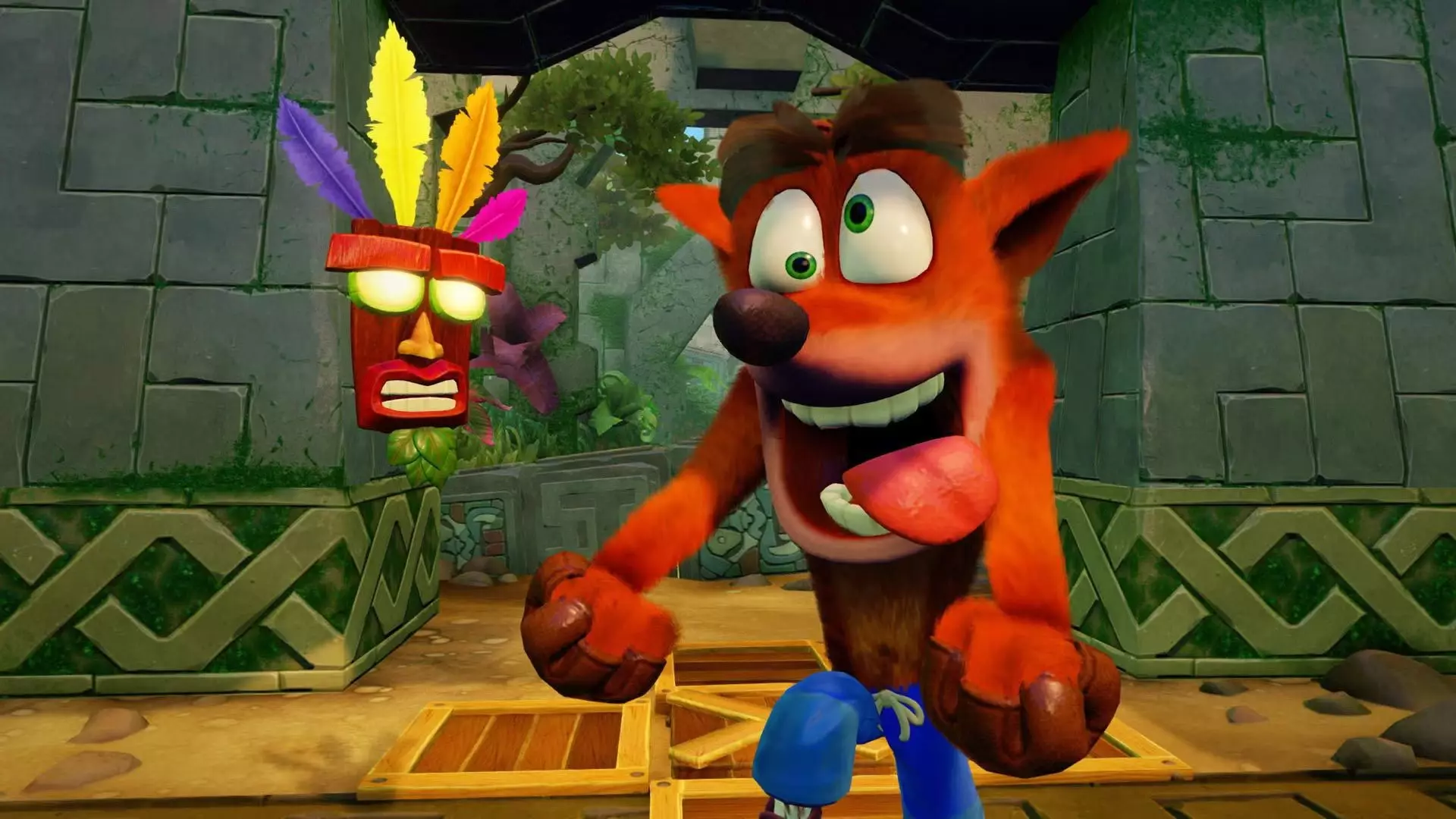Remaking beloved video games presents a delicate balancing act. On one hand, modern technology offers stunning visuals and improved sound design that can breathe new life into old classics. On the other, faithful recreation of core mechanics ensures that the original experience remains intact. The 2017 Crash Bandicoot N.Sane Trilogy exemplifies this dilemma. Developers achieved remarkable visual fidelity, capturing the cartoony charm and vibrant worlds that fans adored. Yet, beneath this glossy surface lurked a fundamental flaw: the loss of nuanced control that defined the original series. This disparity between visual polish and mechanical authenticity raises a critical question—how much should developers prioritize aesthetics at the expense of gameplay feel?
The Heart of Platforming Lies in Precision and Feel
At the core of platformers like Crash Bandicoot are accurate, responsive controls. These are not mere mechanics but the very essence of player engagement. When Andrew Gavin criticizes the remake for “botched” jump mechanics, he touches upon a vital point: the difference between a good game and an exceptional one lies in the subtleties. The original game’s jump system relied on binary inputs—press or not press—yet ingeniously interpreted the duration of that press over milliseconds, effectively simulating analog control despite hardware limitations. This subtlety allowed players to perform small hops or long jumps with precise timing, crucial for tight platforming. When the remake reverted to fixed-height jumps, it robbed players of that control granularity, making nimble navigation feel awkward and less satisfying.
Technological Progress versus Design Integrity
One might assume that with vastly more powerful consoles, developers would not only enhance visuals but also improve underlying mechanics. However, the reality is often inverse. Modern remakes sometimes lean heavily on visual upgrades, neglecting the gameplay’s tactile roots. Gavin’s critique underscores this disconnect: the remake’s inability to incorporate the nuanced jump mechanic was not a hardware issue but a design oversight. The developers, perhaps relying on more straightforward control schemes, compromised the feeling of precision essential to Crash’s platforming identity. This decision prioritized aesthetic fidelity over gameplay fidelity—a trade-off that diminishes the overall experience.
The Consequences of Sacrificing Nuance
When core mechanics are simplified or overlooked, the game’s fundamental feel suffers. In Crash Bandicoot, tight control over jumps is not just a minor feature but the backbone of success in navigating death traps and tricky platform sequences. Turning every jump into a uniform, floaty leap erodes the skill-based challenge the original offered. Players accustomed to the intricacies of timing, subtlety, and muscle memory find themselves at a disadvantage, frustrated by the loss of control. Consequently, the remade experience feels less rewarding, more sluggish, and ultimately less engaging—regardless of how visually impressive it might be.
Beyond Aesthetics: Restoring the Spirit of Classics
While the visual upgrade is commendable, it cannot substitute for authentic gameplay mechanics. True remakes should aim to preserve not just the look but the “feel”—the intangible quality that made the original games engaging. Gavin’s insights highlight that nearly all of the remake’s shortcomings could have been avoided with a deeper appreciation for the original control scheme’s ingenuity. Restoring these nuances would have elevated the remake from a mere visual upgrade to a true reimagining that respects its roots.
In the end, the lesson from Gavin’s critique is clear: visual fidelity alone does not define the quality of a remake. The essence of a classic game resides in its mechanics and feel. Developers must recognize that the subtle inklings of control, timing, and nuance are what elevate a game from good to legendary. For fans and newcomers alike, a well-executed remake should honor its origins by embracing the complexity, not simplifying it. Only then can a remake truly stand the test of time, not just as a beautiful shell but as a genuine revisitation of an all-time classic.

